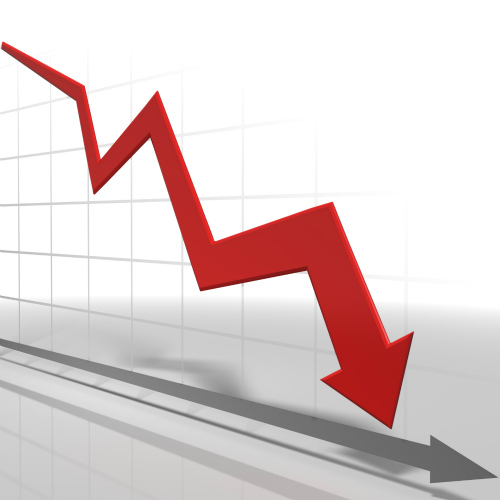 The issue of wind farm underperformance continues to be scrutinized.
The issue of wind farm underperformance continues to be scrutinized.
Credit agency Fitch Ratings recently concluded that U.S. wind farm underperformance is primarily due to an overestimation of wind conditions, as well as an underestimation of wake effects between turbines.
Using two sets of historical data points for comparison, Fitch monitored 19 operating wind projects and found chronic production shortfalls. It found that the wind farms with forecasts prepared in 2003-2006 performed, on average, only slightly worse than projects with forecasts prepared in 2007-2010.
‘Improvements to more recent forecasts remain to be seen,’ Fitch Ratings said.
In its analysis, Fitch noted that actual production only occasionally exceeded base case levels and generally fell between base and rating case levels. On average, actual production was 7.8% below Fitch's base case projections and 6.1% above Fitch's rating case.
"The difference between minimum and maximum annual production in the rated projects is 14 percent, on average, and can be higher even in those projects performing relatively well," Fitch noted.
However, Albany, N.Y.-based AWS Truepower says that Fitch's analysis misses the mark and that AWS' data shows the underperformance gap has been narrowed substantially.
"A recent report about Fitch's findings says that wind plant underperformance is mainly attributable to an overestimation of average wind conditions and underestimating wake effects," says Bruce Bailey, AWS Truepower's CEO. "Industry evidence does not support the finding."
For starters, AWS points out that the data periods used by Fitch – 2003 through 2006 and 2007 through 2010 – is out of date.
"The consulting industry has completed several performance prediction methods updates since the reports used in the Fitch predictions were completed," says Bailey.
Nonetheless, the company acknowledges that wind farm underperformance has been a lingering issue. As early as 2007, Bailey notes, it was widely accepted within the wind industry that plants were underperforming compared to predictions by 10% on average.
To fully understand the issue, several wind industry consultants separately engaged in a series of diagnostic studies – or backcasts – using plant performance data released by wind farm owners. Bailey says the findings have led to a deeper understanding of underperformance and its contributing factors. These studies have also resulted in more accurate pre-construction estimates of energy production.
AWS Truepower's results identified four primary reasons for underperformance: availability (contributing 3%-5% in losses); turbine power curve performance (2%-3%); sub-optimal turbine operation (1%); and grid curtailment (up to 3%).
"Importantly, inaccuracies in wind resource characterization and wake effect estimation were – and continue to be – relatively minor contributors to the underperformance issue," explains Bailey. "Our analysis techniques predict these items quite well."
Notably, he says the company's most recent backcast revealed that the average remaining performance gap is only approximately 1%.
Just the same, some of the challenges remain. For example, grid curtailment remains an issue across the industry, contributing up to 3% or more in losses at many projects. Bailey adds that new analytical tools can predict these losses in advance.
"Although strategic transmission infrastructure and changes to dispatch protocol has reduced the level of curtailment seen in most regions, the problem is not going entirely away," says Bailey. "New plants continue to be built, and congestion remains on the limited number of transmission lines between wind-rich regions and load centers."
"It is imperative that wind plant performance issues continue to be studied as the industry matures," he concludes.



